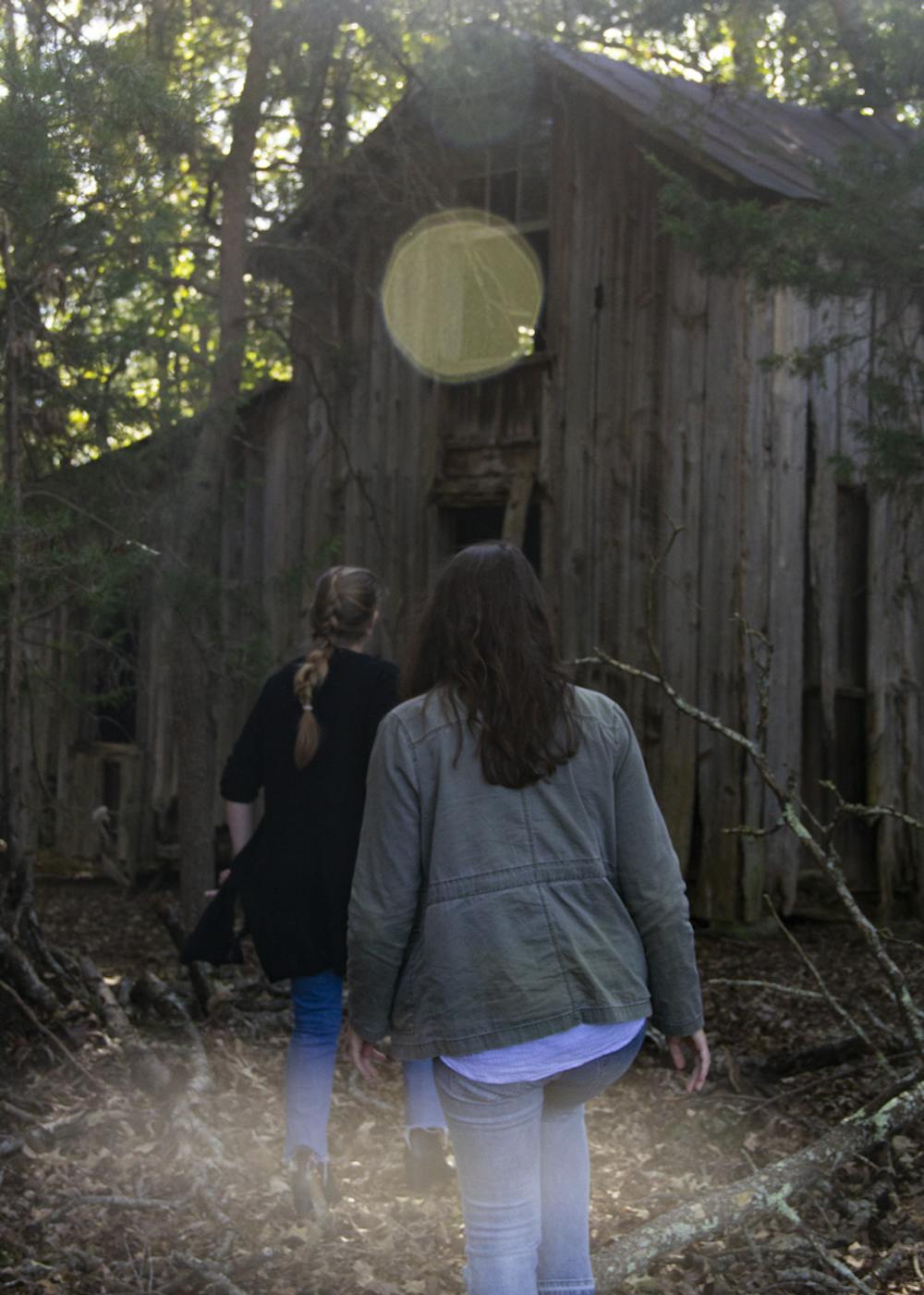Photo by Anna Schoeck
Brisk air, cool winds.
Pumpkin patches and hayrides.
The smell of bonfires and the excitement of football games.
Fall has arrived, and with its arrival one of the most highly anticipated holidays of the year: Halloween. As a young child it meant dressing up, racing around the neighborhood and hunting for candy. Eventually, you grow up and trick or treating loses its luster – and Halloween may as well.
That is until college rolls around. Third-year Michael Vanbuhler said that Halloween at USC is all about “going downtown, getting drunk and wearing a costume.” A statement many USC students would agree with. Halloween on college campuses has become a nationwide holiday full of binge drinking debauchery and not much else.
Which begs the question, why is this day important? Why, for as long as we can remember, has there been a day dedicated to dressing up and having fun? There have been no church services to attend like Christmas and Easter, nor some drawn out explanation about our nation’s history involving pilgrims and Native Americans feasting together like Thanksgiving.

Photo by Anna Schoeck
The answer may surprise you.
Travel to ancient Europe – in what is now Ireland and the U.K. – to about 2000 years ago during the height of the Celtic reign. On October 31 they celebrated the festival of Samhain (pronounced saah-win), essentially their New Year’s Eve. They believed on this night the barrier between life and death thinned, allowing spirits of the dead to return to earth. Led by the druids (Celtic priests), they would set up bonfires and dress in costumes while dancing as an attempt to ward off evil spirits. They would also sacrifice animals and crops to Celtic deities.
So those costumes everyone is dressing up in to go to Five Points are also scaring away evil spirits. The more you know.
Around the year 43 A.D., after the Romans conquered the Celts, some Roman traditions were absorbed into the festival of Samhain, this spread the holiday across the Roman Empire and added cultural diversity to its tradition.
Eventually, after around 800 years, Christianity began to move into Celtic lands. The Christian holiday All Saints Day – a day dedicated to the celebration of all Christian saints and martyrs – was eventually moved from May 13 to November 1 by Pope Gregory III. The night before, October 31, was known as All Hallows Eve and eventually became known as Halloween.

Photo by Anna Schoeck
Now travel back to the dawn of America. Halloween was celebrated in America, especially in the South, around the time of its founding and meshed with Native American traditions. This formed a more familiar version of the holiday, one with parties and stories of the dead.
Eventually Halloween morphed into the tradition we know today. The holiday filled with candy, alcohol, costumes, haunted houses and more. We can see the traditions passed down through our modern fascination of the dead and grotesque and our love of costume.
So as Halloween rolls around this year and the festivities commence – whatever that may mean to you – keep in mind the roots of this tradition and how it has developed into the ghoulish day it is now.



